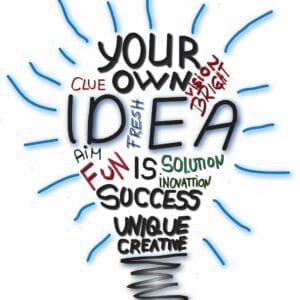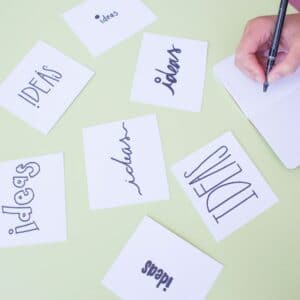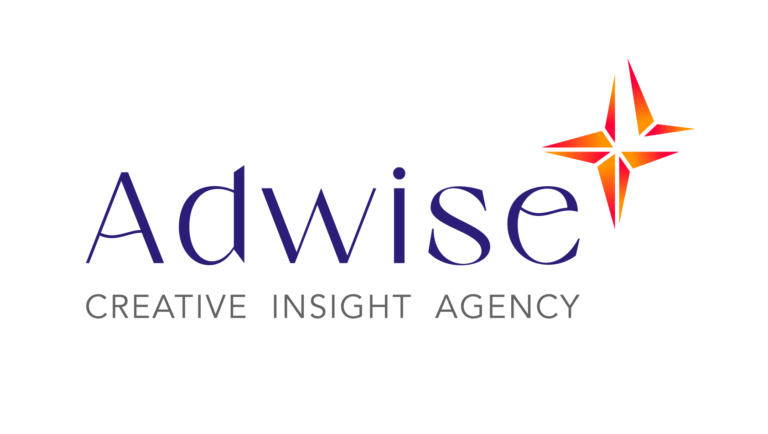Being bold and choosing to enter a new category without having yet developed their product is a step that many brands have taken. However, the competition for shelf space and the need to move fast are very present. These are the reasons why using a Scenario Building method is essential for innovation. Florence Hussenot, President of Adwise, explains the opportunities of using Scenario Building.

Innovation coaching - through Scenario Building - is one of your historical skills. In what context do you use it?
It is true that there are different approaches to innovation depending on the situation. A Sce
nario Building approach is different from a Concept Lab,
for example. In the latter case, we use an incremental innovation approach. For example, one of our clients had developed a new absorption technology (baby nappy) and wanted to include it in a new product by telling a new story. In this case, we take the category insights and build a new story in a Concept Lab.
Scenario Building is different because in this case the company is tackling new segments or categories in which it is not, bringing a more disruptive innovation compared to existing products. It is necessary to be truly differentiated and to move quickly.
The brand has several objectives: to strengthen the relationship with the retailer and continue to occupy a dominant share of the shelf, to increase its sales, but also to nourish and enrich its territory. Product innovation is not just about increasing sales; it is also about brand content.

What is the added value of Scenario Building for brands?
As everyone knows, creativity and innovation are based on highly structured approaches. The Scenario Building approach consists of mapping potential product or service development scenarios using matrices. We seek to "locate" the future (in the sense of landmarks) for each of the strategic targets that have been identified beforehand.
The brand thus has access to multiple dials of potential product universes, illustrated by product or functional principles borrowed from others, which it selects according to its knowledge of its targets, the brand's territory and also feasibility, a criterion that becomes particularly acute in times of supply difficulties. For example, we worked with 3 personas and thus 12 dials with a very serious, reliable and expert brand equity. It immediately set aside the dials that would lead to the development of products that were too "superficial", too emotional to deal with the problem concerned. In doing so, she focused on 6 dials that we explored together with product designers. A choice made on the basis of their KPIs.

In practice, how do you go about setting up a Scenario Building system?
As always, we start with an intimate understanding of the targets, in particular by identifying the Persona. These Persona's can be derived from a quantitative segmentation, but also from an exploratory qualitative study with a high level of ethnography. And of course on strategic planning, completed with market data provided by the company, in order to better understand the global context of the innovation.
We then work in full-day creativity workshops. In our team, we are all passionate about innovation. Together we go on a shopping safari and collect a lot of information, samples, images and impressions which we use in the workshops. We usually bring a booklet of stimuli to feed the creativity of all the employees involved. We take the dials and develop product or solution ideas together. Our approach to creativity is based on the trust that we generate in a group, stimuli that make it easier to associate, and a very structured framework for running the workshop, which follows a fairly constrained protocol. Indeed, constraints are often a source of creativity.
This is followed by Torture Test phases for each idea, enrichment, selection or abandonment. Finally, the product concepts are then tested in several phases with consumers, in focus groups designed to stimulate consumer creativity. And finally tested by quantitative research, or even at home.
Adwise Conclusion
At Adwise we use the Scenario Building approach to innovate quickly by involving people and mapping the universe of possibilities and desirability. This is a key element of expert quality for us.




